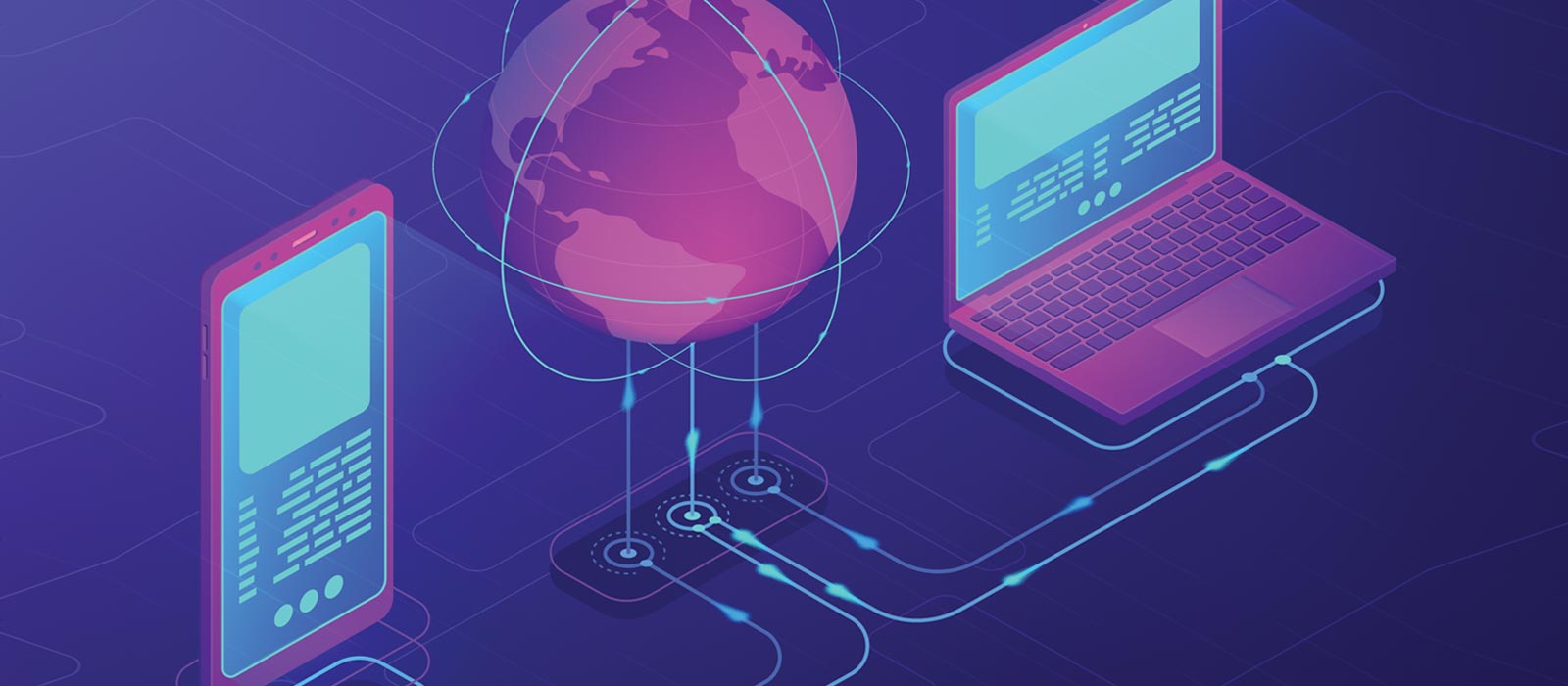
23 Sep How AI is Revolutionizing Document Storage
Historically, companies have kept hard copies of business documents for future reference and for compliance with regulatory requirements. These archives can include invoices, bank statements, contracts, customer information, vendor documents, business cards, and even hand-written notes. Some companies have accumulated thousands of scanned business documents they wish to digitize so that they can be stored, indexed, and processed for future access.
The data extracted from these documents represent a very important business asset. Having them digitized and organized means they can be analyzed using artificial intelligence and machine learning (ML) techniques. These smart technologies enable the enterprise to better understand current business status, enhance critical processes, identify problems, and make better decisions. This leads to improved operational performance, higher customer satisfaction, and more robust financial results.
AI-Enabled Optical Character Recognition (OCR) – Benefits
Manual document processing is a copious and costly process in terms of time and resources, involving a dedicated data-entry agent that goes through the printed copies one by one. This process can easily lead to copy errors, data loss, and misrepresentation of critical information. These problems can result in regulatory compliance issues, costly penalties, and loss of business.
AI-enabled OCR provides companies with the capability to have written text read, digitized, and analyzed—in real time—without human interaction. OCR technology can be applied to virtually any type of document, regardless of source or content. A custom, AI-enabled, OCR solution can be configured to meet the specific digitization needs of the enterprise.

Tangible benefits of this type of OCR solution would include the following:
- Reduction in manual classification costs and effort
- Elimination of manual processes improves transcription accuracy
- Provides quick, real-time, access to the information stored within scanned documents
- Elimination of the need for a human agent to manually transcribe critical business documents—removes the potential for human error
- Ability to edit and search scanned documents for easy and accurate retrieval
- Ability to recover documents easily in the case of a disaster, as digital documents are typically stored in multiple locations
- Most importantly, ability to analyze scanned data with machine learning techniques to help understand business performance, improve processes, and reduce costs.
The exponential growth in business documentation, combined with more stringent regulatory requirements, is putting new pressure on companies to look for new solutions in document storage. “Smart” solutions that utilize AI and ML capabilities are providing companies with the means to address these new challenges in ways that provide distinct operational and regulatory advantages.

